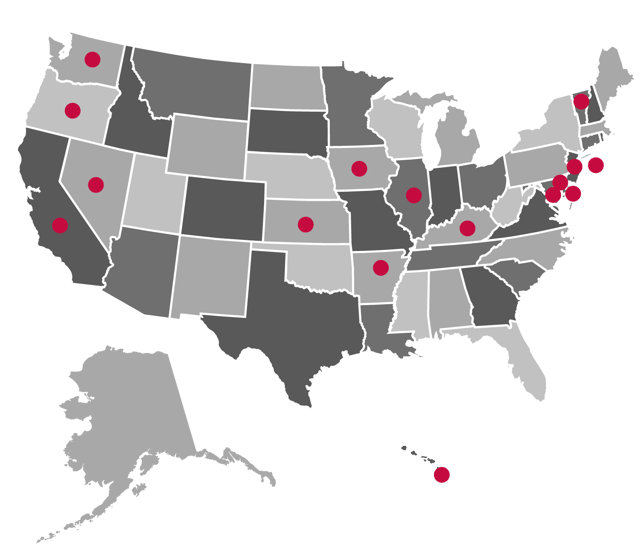
5 Easy Math Engagement Strategies for the Classroom
The news headlines are daunting. Math scores are down. School districts are scrambling to turn things around. And...
Tahlea Jankoski | Published May 31, 2016

With the global workforce continuing to expand into science-related fields, American students need to be prepared in various fields of science more than ever. The hope for the future is that integrating solid science classes in K-12 education will help spark interest and prepare students for further education in science-related degree programs.
The Next Generation Science Standards (NGSS) were established in 2013 to foster better implementation of practices that help students learn science more effectively. The NGSS are based on the framework for K-12 science education that was developed by the National Research Council in 2011.
The Main Focus of NGSS
The NGSS framework focuses on preparing K-12 students for college and careers in the sciences by providing them with relevant coursework that they can easily draw on in their subsequent education. The NGSS suggest that students will be more involved with learning science if they solve a mystery or pursue an investigation to find an answer. Science classes should provide real-life applications, in order to magnify students' interests. Instead of just receiving an answer that they are expected to memorize from the teacher, students problem-solve on their own.They may design a model to better understand the underlying reason for the answer they discover. Teachers help guide their learning through this method.
Are Educators Using the NGSS?
Since the NGSS are only a few years old, so far there has been only a gradual transition as the new framework is implemented. Unlike Common Core standards, implementation of the NGSS at a state level is not supported by federal grants or other financial incentives. This has led to a lower utilization rate. Another factor slowing implementation is the need for curriculum and teacher training programs to be developed so that the performance expectations needed for K-12 science based education can be met in the classroom.
States That Are Implementing NGSS
While over 40 states have voiced interest in the standards, so far only 16 states have fully adopted NGSS: Arkansas, California, Connecticut, Delaware, Hawaii, Illinois, Iowa, Kansas, Kentucky, Maryland, Nevada, New Jersey, Oregon, Rhode Island, Vermont, and Washington.
NGSS Continues to Roll Out
The NGSS framework is designed to assist students in applying science-based learning. Instead of just stating facts, studentslearn to solve scientific mysteries through analysis and their own reasoning. This approach will better prepare them for their future education and lay a stronger foundation for STEM-related degree programs and jobs.
It will take time for all the states to gain funding and fully develop NGSS-compliant curriculum. However, educators from many states and school districts are hopeful that it will be adopted widely, so that more students will become involved with hands-on learning and problem-solving. As more professional development is geared toward NGSS core practices, more teachers will be able to smoothly transition the principles set by NGSS into their classrooms.

The news headlines are daunting. Math scores are down. School districts are scrambling to turn things around. And...

Math assessment in California is changing. What used to be a compliance exercise or reporting tool is now becoming a...

You know the moment: a student’s eyes light up when the science experiment fizzes or the math puzzle helps them...